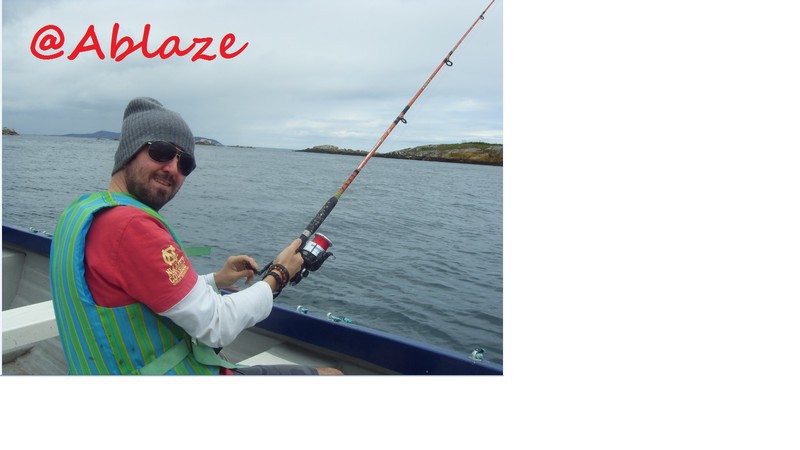Fly me to the moon 🌕 The wonder of flight
The wonder of flight

For millennia, flight had been the preserve of the birds and the insects. We watched them, we studied them and eventually we would try to emulate them. Try and fail, try and fail better and on and on. I believe the first of the inventors and innovaters looked to nature for inspiration and ideas and indeed they still do. Think of sonar, submarines, velcro, architecture and the theme of today's post, flight.
The concept of flight holds some sort of innate thrill within the human psyche. Think about the sports of thrill seekers - sky diving, bungee jumping, ski jumps - they all involve flight and high velocity.
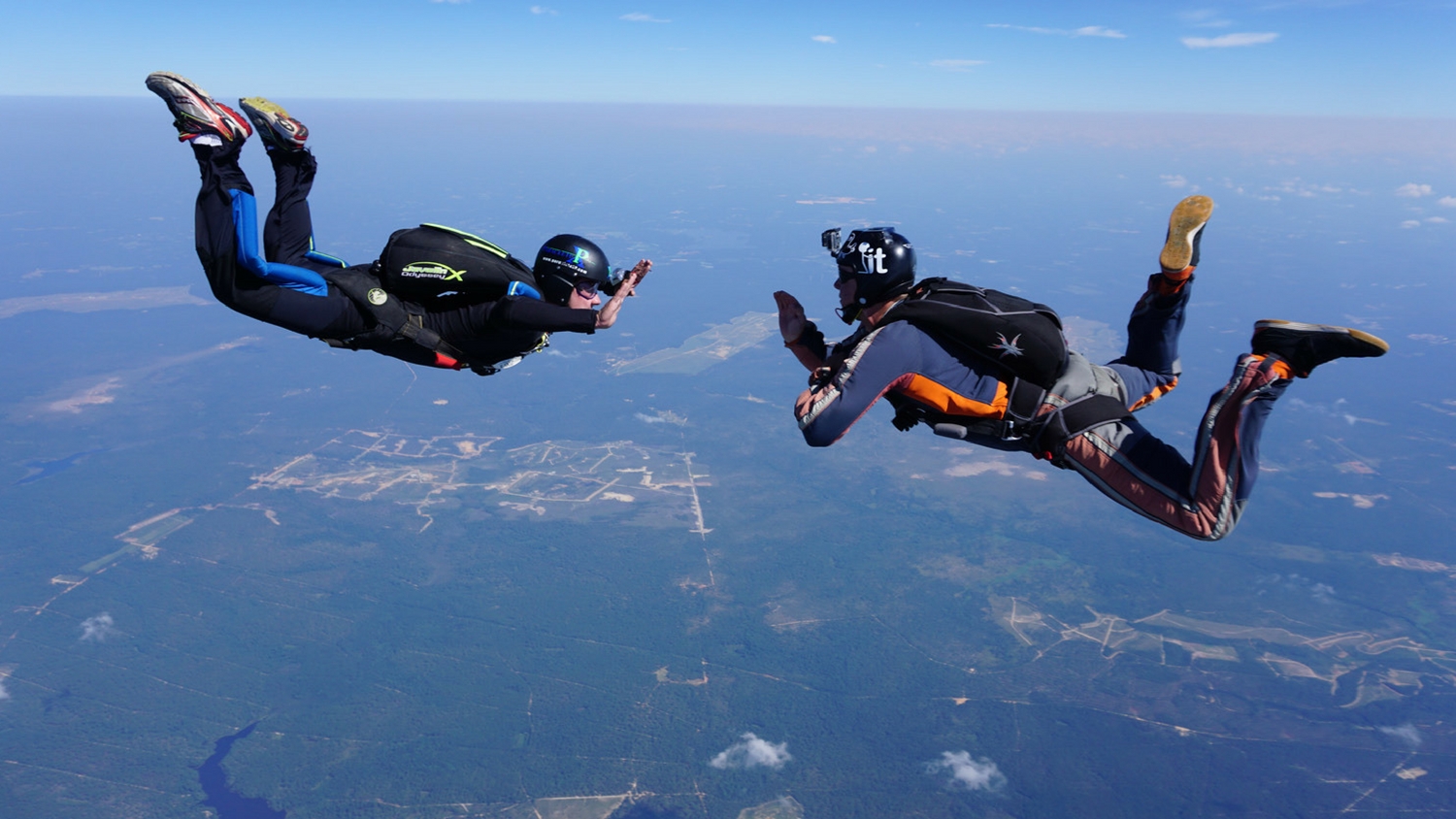
Look at the faces of people who have done their first sky dive or bungee. It is one of unbridled joy, having released all of that adrenaline. Even the most experienced sky diver, with thousands of jumps notched up, still keeps coming back for more. The thrill of flight is infectious.
Fly me to the moon...

That's somewhere we all want to fly to in the world of Crypto. Buy a bunch of coins for €1 and sit back and watch as they explode in value to €100, the elusive 100 bagger. The term makes me think of Frank Sinatra's iconic 1964 song:
Fly me to the moon
Let me play among the stars
Let me see what spring is like
On a, Jupiter and Mars
In other words, hold my hand
In other words, baby, kiss me
Fly baby fly
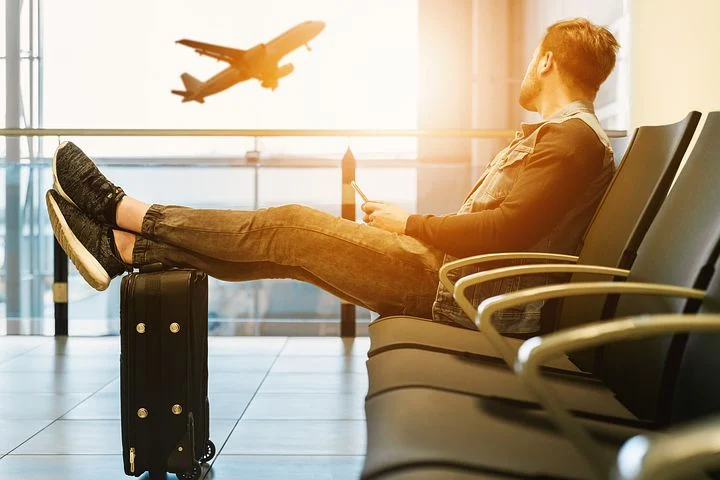
"We'll go to Spain on holidays", "I'll fly to Rio to visit my sister", "I'll fly to Vancouver to visit my friends"
Had you said the likes of this in the 1902, people would have thought you were crazy, in fact even in 1952 it would have been the preserve of the uber-rich. Today in many wealthy countries, there is nothing unusual about air travel and personally, on average I'd say i fly around 10 times on average between work and leisure.
None of it would be possible were it not for two brothers from Near Kitty Hawk, North Carolina. For it was Orville and Wilbur Wright who took to the skies back in 1903., Although the flight onl lasted 12 seconds and covered 120 feet on its inaugural flight, it was a start a foundation. All aviation thereafter is built upon their pioneering endeavours.
You might wonder why I would post about this bit of ancient history, well mankind's insatiable curiosity knows no bounds and you'll probably remember NASA's amazing feat a few months back when they landed the latest Rover on the surface of Mars. Tucked away within the chassis is a mini-helicopter named Ingenuity.
Aptly named Ingenuity
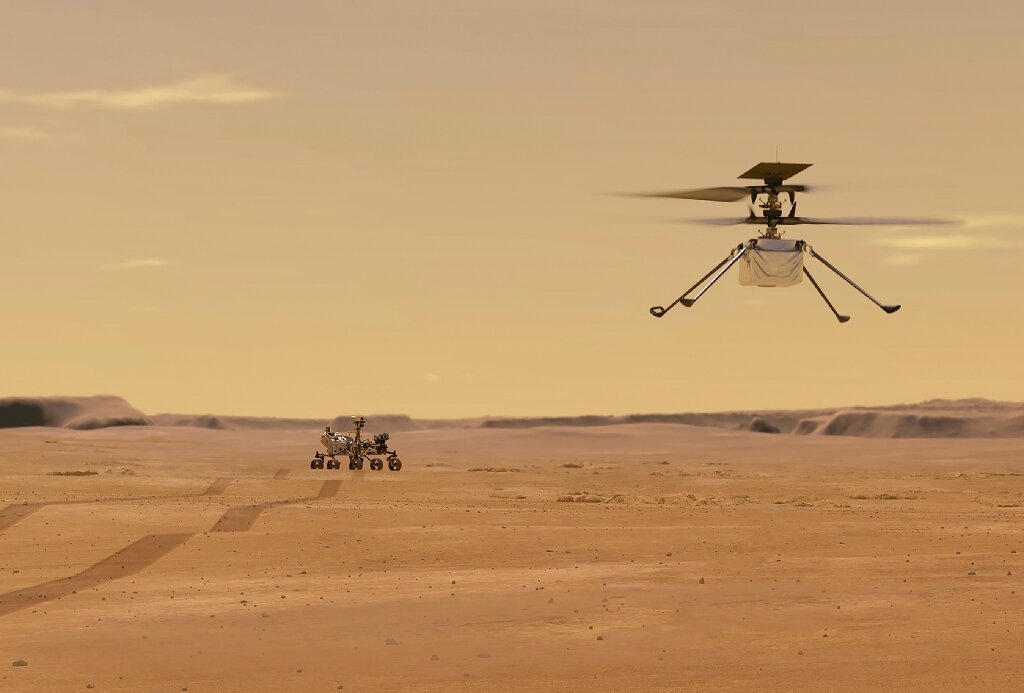
Its a perfect name really. This is the dictionary.com definition of Ingenuity:
the quality of being cleverly inventive or resourceful; inventiveness: a designer of great ingenuity.
Well these NASA girls and boys certainly fit that description. They successfully flew a rocket 272.63 million km to Mars at an average speed of 11,900 mph. Now that would be pretty damn impressive if the Earth and Mars were stationery planets that don't move, but of course they are both orbiting the sun and affected by varying gravitational pulls relative to each other. Any flaw in their mathematical analysis could mean a failed mission. Then you add in the fact that any instructions that they send to the vessel must travel millions of miles and seeing as radio waves can only travel at a finite speed, it actually takes almost 12 minutes for message to reach the Rover.
A touch of class
I read an article recently about the mission and it was such a sweet tribute. Ingenuity will carry a piece of cloth that covered a small part of one of the wings of the Wright brothers' first aircraft, to pay tribute to the milestone.
The planned date for the maiden flight will coincide with the 60th anniversary of the first human space flight also, thus paying respect to famous Soviet cosmonaut Yuri Gagarin. They are little things, but these little things make us human.
Excellent stuff, job done so ya? I'm afraid not,
Ingenuity will be attempting to fly in an atmosphere that is 1% the density of Earth's, which makes achieving lift harder, but will be assisted by gravity that is one-third of our planet's.
They will start small and Ingenuity's flight will involve climbing at a rate of about one metre per second to a height of three metres, hovering there for 30 seconds, then descending back to the surface. Baby steps to start with.
Now think about that for a second. Since our first flight by Orville and Wilbur Wright from Dayton, Ohio 118 years ago, we have come so far technologically that we can fly a helicopter remotely from a distance of 272 million km and a time delay of 12 minutes. We can do this and be reasonably confident of success. That ladies and gentlemen is truely remarkable.
Why bother?
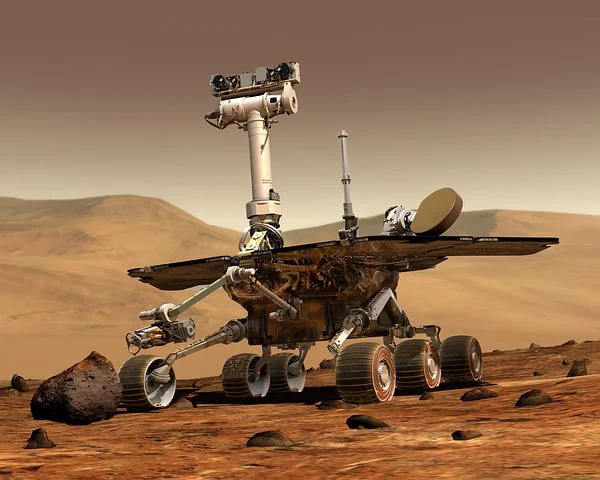
It is human to question things and seek answers and this mission and other follow on ones seek to do exactly that. One key objective of the perseverance rover's mission on Mars is astrobiology, including the search for signs of ancient microbial life. The rover will characterize the planet's geology and past climate, pave the way for human exploration of the Red Planet, and be the first mission to collect and cache Martian geological features like rocks.
Subsequent potential missions, currently under consideration by NASA and the European Space Agency would send spacecraft to Mars to collect these stored samples from the surface and return them to Earth for microscopic and intense analysis.
The Mars 2020 mission is part of a larger program will includes further missions to the Moon. The ultimate goal, to prepare for human exploration of the Red Planet. Charged with returning astronauts to the Moon by 2024, NASA will establish a sustained human presence on and around the Moon by 2028 through NASA's Artemis lunar exploration plans.
Back to the beginning
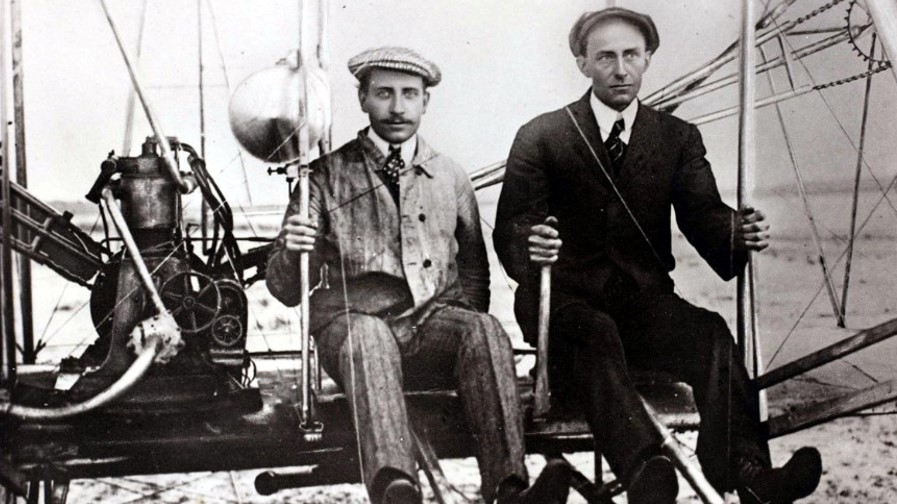
The Wright brothers who grew up in Dayton, Ohio, started us out on this amazing journey. Their own curiosity around aviation tickled an interest within them, which all engineers are familiar with. The were lucky enough to experience the glider flights of the German engineer Otto Lilienthal in the 1890s. That experience helped develope a keen interest in aviation.
The brothers possessed extraordinary technical ability and a sophisticated approach to solving problems in mechanical design. They spent years researching other engineering efforts. There were trials, tribulations, prototypes and everything in between. Until 10:35 a.m. on December 17, 1903, when their aircraft ran down a monorail track and took flight. It clocked 12 seconds of airtime and flew an impressive 120 feet. The modern aviation age was born. Three more tests were made that day, with Wilbur and Orville alternately flying the airplane. Wilbur flew the last flight, covering 852 feet in 59 seconds.
It was the catalyst for the transatlantic flight of Alcock and Browne and every other aviation accomplishment here on earth. Now we have gone beyond earth and have flown in the far reaches of Space on Mars. What an unbelievable accomplishment - take a look in the mirror, you are human and you are amazing
The images used throughout were not my own and were sourced from the following sites:
https://www.medicalnewstoday.com/amp/articles/326012
https://www.barlows-electrical.com/2019/04/sky-dive-for-the-british-heart-foundation/
https://pixabay.com/images/search/holiday%20flight/
https://phys.org/news/2021-04-nasa-ingenuity-helicopter-mars-surface.amp
https://www.aerotime.aero/23069-top-5-facts-wright-brothers?v=amp
Peace Out.
